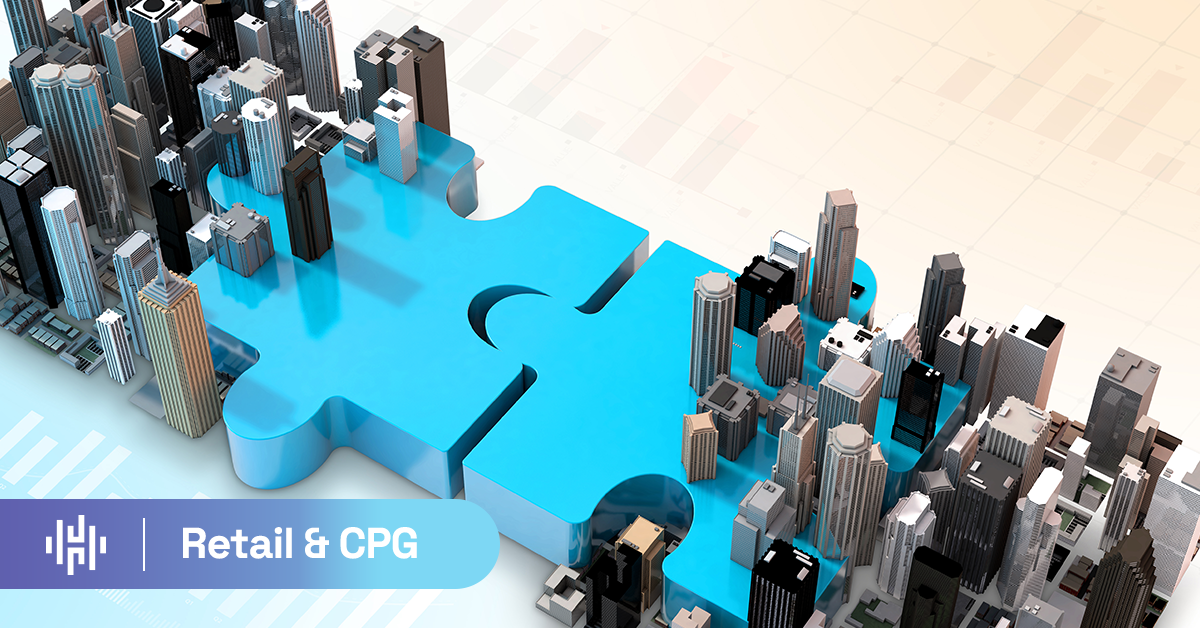Like every other industry in the modern marketplace, the energy sector is under pressure to evolve. The push toward digital transformation, combined with climate-related demands, is accelerating the need for innovation across operations.
But for energy and utilities companies, the road to modernization isn’t necessarily a smooth one. It starts with solving a foundational challenge: data.
Despite a growing appetite for technologies like AI and predictive analytics, many utilities companies are still struggling with fragmented systems, siloed departments, and inconsistent data flows.
Downstream, that means the insights needed to optimize performance and meet customer expectations remain just out of reach.

Barrier #1: Fragmented Systems, Fragmented Insights
Many utilities operate with legacy systems tailored to specific departments—one for field operations, another for finance, another for safety.
While these systems may function well individually, they create isolated data pockets that can’t easily communicate with one another or be aggregated for enterprise-level insight.
Even where valuable data exists, utilities often struggle to move it across systems in a usable, timely way. Key datasets, like field sensor outputs, customer usage data, or grid performance metrics, remain stuck in silos. disconnected from each other.
This lack of data liquidity prevents utilities from building the integrated, responsive systems required for modern operations.
It also hampers their ability to act on insights quickly, whether for predictive maintenance, outage response, or customer communication.
Without a centralized, interoperable data environment, it becomes nearly impossible to build a real-time, accurate view of operations.
And without that visibility, efforts to optimize performance or adopt AI solutions are likely to stall.
Barrier #2: Cultural and Organizational Silos
Technological silos aren’t the only challenge. Organizational culture and structure also play a role. Much like we’ve seen with their respective data systems, independent departments have a propensity to operate independently from another.
This results in a lack of processes and data management standards between units.
Without standards in place, organizations are quickly mired in conflicting definitions, duplicate datasets, and a general reluctance (or inability) to cross-fertilize innovation initiatives.
These organizational silos are one of the biggest hidden blockers to transformation. Without alignment across stakeholders, even the best data platforms will underdeliver.
Barrier #3: Operational Complexity and Legacy Tech
Utility operations are uniquely complex. They span physical infrastructure, field operations, regulatory compliance, billing, customer service, and more.
Now add to that complexity a patchwork of legacy technologies—often decades old—that still power critical parts of the business.
SCADA systems, mainframes, and on-prem databases may be deeply embedded in daily operations, customized over time, and tightly coupled with specific hardware or manual processes. These legacy tools weren’t built for interoperability or modern data demands, making them difficult (and risky) to replace or connect to newer platforms.
Even when utilities invest in cloud infrastructure, they often discover that outdated systems and processes act as anchors, slowing transformation. In many cases, data from legacy systems must be manually extracted, reformatted, and cleaned before it’s usable (if it’s accessible at all).
This, in turn, creates bottlenecks in decision-making and makes real-time analytics or AI deployments nearly impossible to scale.
What’s more, operational staff may be hesitant to abandon systems they’ve relied on for years, particularly if new tools aren’t designed with their specific workflows in mind. Without a clear migration strategy and change management plan, modernization efforts can stall.
In the worst case scenario, energy enterprises fail to see returns on their technology investments and are instead left with a disjointed tech stack that adds complexity rather than reduces it.

Breaking the Cycle: How Utilities Can Move Forward
Utilities that want to break through these barriers can start with three key strategies:
- Unify Data Architectures: Invest in centralized platforms (like Snowflake) that enable scalable, real-time data sharing across departments and tools. A single source of truth unlocks faster insights and stronger collaboration.
- Align Around Use Cases: Rather than boiling the ocean, start with targeted initiatives like predictive maintenance, asset performance optimization, or safety analytics. These focused modernization efforts can deliver quick wins and build internal momentum.
- Enable AI with Clean, Connected Data: AI is only as good as the data it’s fed. Once systems are unified and data is flowing, utilities can begin deploying intelligent solutions to automate tasks, anticipate disruptions, and personalize customer services.
- Partner with the Right Data Experts: Navigating transformation at this scale and level of complexity requires more than just new tools. It takes deep domain expertise and hands-on experience across the modern data stack. Partnering with a data consultancy that understands both the technical and operational complexities of the energy sector can help you avoid common pitfalls, accelerate outcomes, and realize value faster.
From Fragmentation to Transformation
For better or worse, transformation in the energy and utilities space doesn’t start with AI or dashboards. It starts with shoring up and unifying the data foundation.
By breaking down silos, improving data liquidity, and investing in scalable platforms, utilities can finally make their data work for them, not against them.
At Hakkoda, we help energy organizations design and implement modern data ecosystems that support real-time decision-making and long-term innovation. If your power or utility enterprise is ready to modernize with confidence, we’re ready to help.
Let’s build the future of energy together. Talk to one of our experts today.




